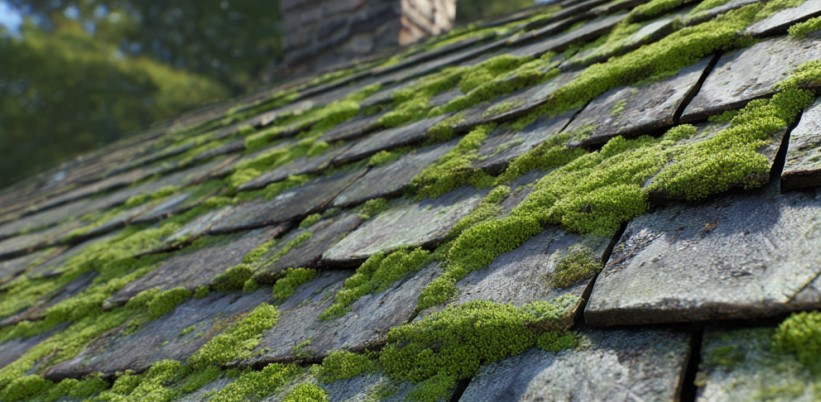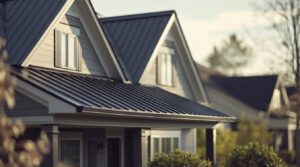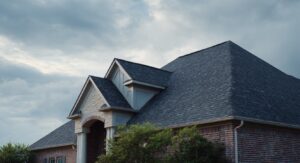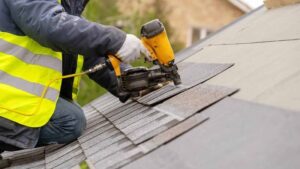At Best Choice Roofing, we know your Rock Hill home is more than just a place to rest your head. It’s where memories are made, family gathers, and your investment in the future lives. That’s why we offer top-notch roofing solutions tailored to South Carolina’s unique climate. Whether you’re dealing with roof leaks, missing shingles, or the dreaded green gunk taking over your shingles, we’re here to help keep your roof in top shape.
If you’ve recently glanced up at your roof and noticed green patches spreading like an unwelcome surprise party, you’re probably wondering: What is that stuff? Is it mold? Mildew? Algae? Should you be worried? The short answer, maybe. Let’s break it down.
Why Green Growth Is a Big Deal in Rock Hill
Rock Hill, SC, gets its fair share of sunshine and humidity. Combine that with occasional heavy rains and shade from nearby trees, and you’ve got the perfect storm for mold, mildew, and algae growth on your roof. While these green patches may seem cosmetic at first, they can signal underlying issues that impact the longevity of your roofing system.
Mold and mildew aren’t just eyesores. They can trap moisture, degrade your shingles, and even cause roof rot over time. Plus, they can contribute to poor indoor air quality if the problem gets out of hand. Knowing what you’re dealing with is the first step to fixing it.
Mold vs. Mildew vs. Algae: What’s What?
Algae is actually the most common green culprit on roofs in the Carolinas. It often shows up as dark streaks or green splotches, especially on asphalt shingles. It thrives in humid environments and shaded areas — something Rock Hill homes often have plenty of. While algae doesn’t directly destroy your shingles, it does trap moisture and can shorten your roof’s lifespan.
Mildew, on the other hand, is lighter in color; often appearing white or gray; and has a powdery texture. It’s more common in humid, poorly ventilated indoor spaces, but can show up on heavily shaded roofing areas. Mildew is usually a sign that moisture isn’t draining or drying properly.
Mold is the real troublemaker. If what you’re seeing looks slimy, black, or dark green and has a strong musty odor (especially in attic spaces), you may be dealing with mold. Mold can break down roofing materials and potentially spread into your home, leading to structural damage and health concerns.
How to Tell What’s On Your Roof
The easiest way to tell what’s growing on your roof is to book a professional inspection; and no, we’re not just saying that because we’re Best Choice Roofing (okay, maybe a little). But really, it’s safer than climbing up there with a spray bottle and a guess.
Still, here are a few homeowner tips:
- If it wipes off easily and is light in color, it might be mildew.
- If it leaves dark streaks or green patches that don’t budge, it’s probably algae.
- If it looks thick, slimy, and feels damp even when the weather is dry — and there’s a musty smell inside — you could be looking at mold.
How Best Choice Roofing Can Help
At Best Choice Roofing, we’ve seen just about everything a Rock Hill roof can throw at us, including stubborn algae stains, mildew blooms, and, yes, even full-blown mold invasions. Our expert roofing crew offers free roof inspections to help you identify what’s happening and how best to treat it.
We’ll recommend safe, effective treatments to clean your roof without damaging it. If repairs are needed, we use only premium materials designed to withstand South Carolina’s climate. Plus, we’re your neighbors, and we care about keeping Rock Hill homes clean, safe, and strong.
Don’t let a little green turn into a big problem. Call Best Choice Roofing today to schedule your free inspection and keep your roof looking sharp and mold-free, just the way it should be.
